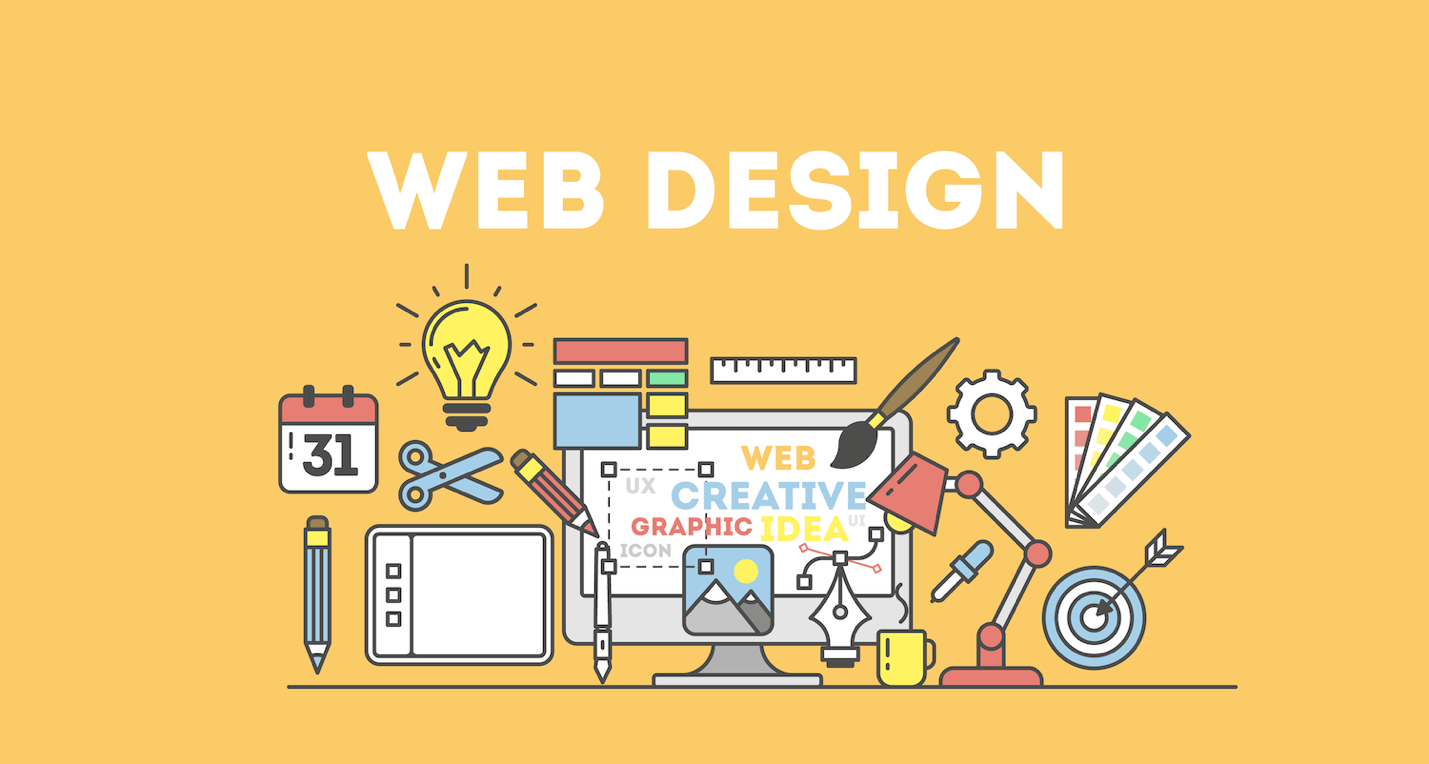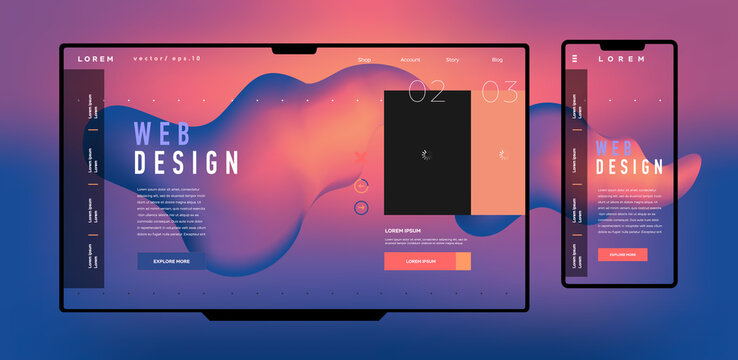Top Tips for Creating an Impactful Website Layout That Transforms
In today's electronic landscape, the importance of an impactful site layout can not be overstated, particularly when it comes to converting site visitors right into clients. To attain this, one have to think about a variety of variables, including understanding the target market, focusing on individual experience, and enhancing for mobile systems. The calculated use of compelling call-to-actions and a well-defined aesthetic pecking order plays an essential duty in directing individuals with their journey. As we check out these important elements, it becomes obvious that the success of your web site hinges on even more than just aesthetic appeal; it requires a thoughtful technique to style and capability.

Understand Your Target Target Market
Recognizing your target audience is basic to reliable website layout, as it lays the foundation for creating an appealing user experience. Identifying that your customers are, including their demographics, preferences, and habits, allows designers to customize the website's material, layout, and functionality to fulfill details requirements.
Conducting thorough marketing research is crucial in this procedure. Surveys, interviews, and analytics can offer beneficial understandings into user assumptions and discomfort points. By compiling this data, developers can create individual personalities that represent various sections of the target market, making sure that style choices are notified and relevant.
In addition, recognizing the target audience aids in picking appropriate layout elements such as color design, typography, and images that resonate with customers. A website that talks directly to its target market fosters a sense of link and depend on, motivating longer sees and higher conversion rates.
Inevitably, a user-centered approach to internet site layout not just enhances individual fulfillment yet also sustains service purposes by driving interaction and loyalty. By focusing on the requirements and preferences of the target audience, a site can successfully offer its objective and accomplish desired outcomes.
Prioritize Customer Experience
To improve the overall effectiveness of a website, focusing on customer experience (UX) is necessary (Website Design). A well-designed UX makes sure that visitors can browse the site effortlessly, find info swiftly, and engage with material meaningfully. This leads to enhanced customer fulfillment and higher conversion rates
Begin by executing intuitive navigation. Menus must be logically structured, allowing customers to find essential locations of the site with marginal effort. Consistency in style elements, such as color design and fonts, fosters experience, which is crucial for keeping individual interaction.
Furthermore, think about the filling rate of your web site. A hold-up of simply a couple of secs can cause substantial drop-offs, as individuals are much less most likely to wait for a slow-loading web page. Enhancing photos and enhancing code can improve efficiency and maintain visitors.
By prioritizing user experience, you not just produce a more satisfying environment for site visitors yet likewise reinforce your brand's integrity. Inevitably, a focus on UX is an investment in the long-term success of your site.
Maximize for Mobile Gadgets
Optimizing for Our site mobile tools is essential in today's digital landscape, where an increasing variety of customers access sites with mobile phones and tablet computers. A mobile-friendly style not only enhances individual experience but also plays a considerable role in improving internet search engine rankings. To accomplish this, it is important to take on a responsive style that immediately readjusts to various screen sizes and orientations.

Loading speed is another essential factor; mobile customers are generally less patient and anticipate fast access to details. Optimize images and utilize web browser caching to boost efficiency. Examination your site on multiple devices and display resolutions to determine and rectify any possible functionality problems. By prioritizing mobile optimization, you ensure that your website continues to be affordable and successfully engages a broader audience.
Use Engaging Call-to-Actions
A website's efficiency frequently depends upon its capability to lead site visitors towards desired activities, making engaging call-to-actions (CTAs) essential elements of design. CTAs serve as the critical factors that guide customers to engage with the site, whether that implies purchasing, authorizing up for an e-newsletter, or downloading a resource.
To produce reliable CTAs, clarity is vital. Usage concise language that clearly communicates the action you Learn More Here want the customer to take. Phrases such as "Get Started," "Subscribe Free," or "Store Now" not only communicate seriousness however additionally remove obscurity. The positioning of CTAs is just as crucial; they must be purposefully placed throughout the webpage to guarantee they are quickly visible, especially in high-traffic locations.
Furthermore, the design of CTAs need to attract attention without being meddlesome. Utilize contrasting colors and clear typefaces to guarantee they record interest. Additionally, think about making use of directional cues, such as arrowheads or pictures, to assist users toward these switches. By focusing on these components, businesses can dramatically improve user involvement, driving conversions and eventually attaining their internet site's goals.
Concentrate On Visual Hierarchy
Effective site layout relies greatly on a well-structured visual hierarchy that overviews customers go to these guys through web content perfectly. By arranging components in a fashion that focuses on details, designers can enhance user experience and facilitate decision-making. This involves making use of dimension, shade, comparison, and spacing tactically to attract focus to one of the most essential elements of a page.
Making use of larger typefaces for headings and subheadings establishes a clear difference in between various sections, enabling individuals to check material effortlessly. In addition, employing contrasting colors for switches and calls-to-action can capture individual interest and motivate communication. Whitespace is one more necessary part; it protects against clutter and enables users to concentrate on key messages without disturbances.
Images and graphics should complement the message while also sticking to the well established pecking order, strengthening the total message (Website Design). Uniformity in style elements, such as shade schemes and typography, more enhances the aesthetic power structure, making navigation instinctive

Verdict
In verdict, effective site design demands a comprehensive understanding of the target audience, prioritization of user experience, and mobile optimization. Ultimately, a well-executed internet site style offers as an important component in driving individual actions and accomplishing service goals.